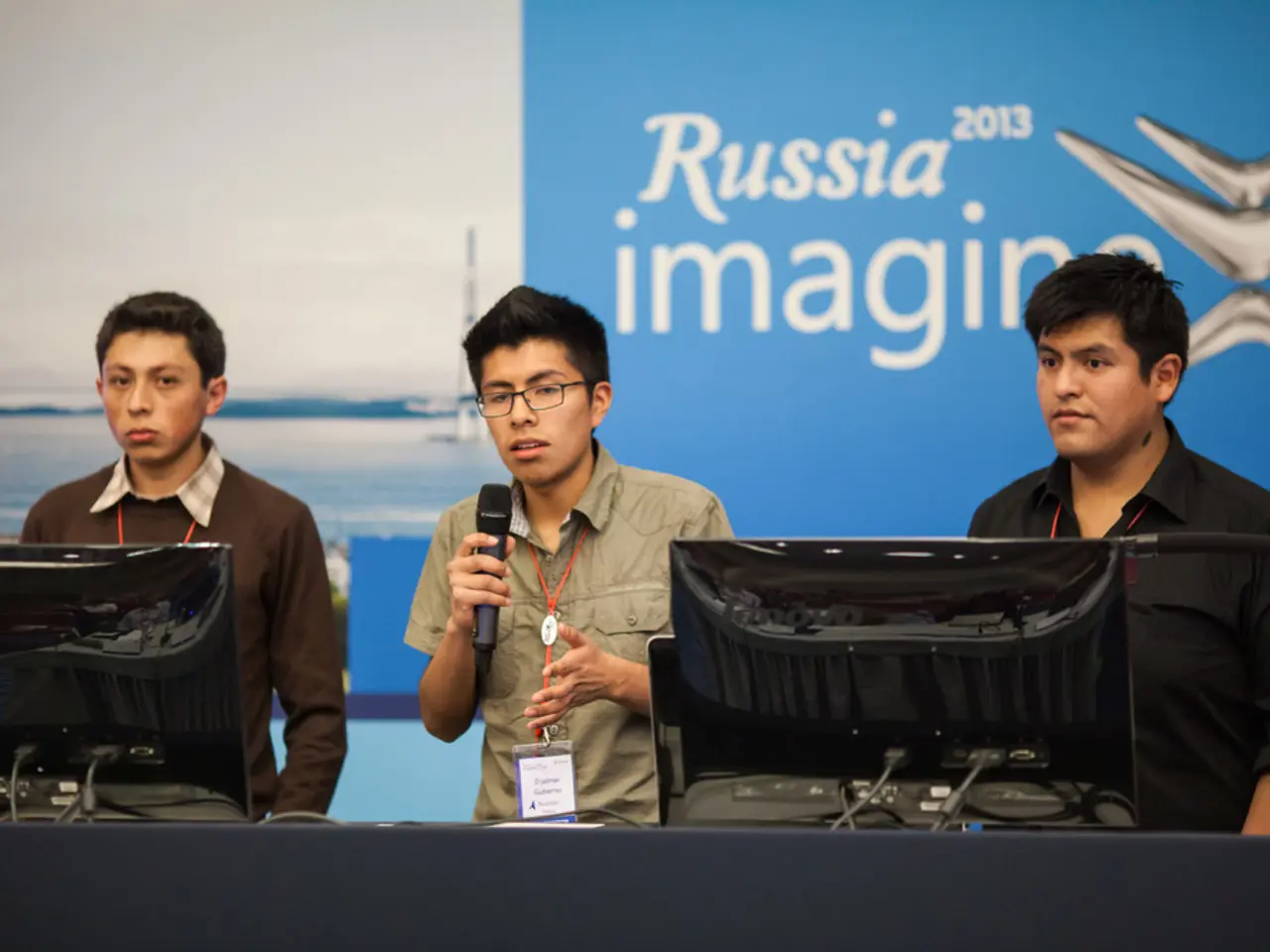Philippine president condemns corruption in flood management initiatives
In his fourth state of the nation address on July 28, 2025, President Ferdinand Marcos, Jr reiterated the Philippine government's commitment to a transition towards renewable energy and decarbonization. The administration aims to increase renewable energy's share in the energy mix to 35% by 2030 and 50% by 2040, acknowledging renewables as the way forward.
However, the government's approach to achieving these goals has drawn criticism from environmental groups. The administration's reliance on liquefied natural gas (LNG) as a "strategic bridge" fuel amid energy security concerns has been a point of contention. LNG imports are projected to surge significantly, involving large infrastructure investments, as the government manages the depletion of domestic natural gas fields and seeks to reduce coal dependency.
Critics argue that this approach risks stranded assets and passing costs and environmental burdens to vulnerable populations while delaying a full shift to renewables. Independent analysis indicates that the decline in coal power generation is driven more by renewable energy growth and coal plant outages than by LNG expansion, challenging the narrative that LNG is the main substitute for coal in the Philippines’ energy transition.
Experts and advocacy groups urge lawmakers to limit LNG investments and focus on accelerating renewable deployment, grid modernization, and energy storage. They align this policy with constitutional commitments to human rights and environmental protection.
The administration has prioritized natural gas, with the recent approval of a law that promotes natural gas to investors as a "transition" fuel to intermittent renewable energy. The Department of Energy is visiting SIPCOR, the only power supplier in Siquijor province, to monitor steps for a long-term solution to their electricity supply.
The government's efforts to provide electricity to remote households are ongoing. About 6% of the country still does not have electricity, with efforts focused on remote households in areas like Mindanao, the Negros Island region, Luzon's Mindoro, Marinduque, Romblon, Palawan, various isolated villages in the Cordilleras, and other mountainous or island areas.
President Marcos, Jr has vowed that about 200 new power plants will come online by 2028, providing electricity to four million homes, 2,000 factories, and 7,000 businesses. The Department of Public Works and Highways will submit a list of all flood control projects from every region that were started or completed in the last three years, with an audit and performance review to verify how taxpayers' money was spent.
The Philippines is one of the countries leading the charge in planned natural gas projects in Southeast Asia, with a dozen other proposed projects in the pipeline. However, the list of flood control projects will be published for locals to scrutinize and share information to aid in the government's investigations.
President Marcos, Jr has also inspected the effects of the southwest monsoon and tropical cyclones Crising, Dante, and Emong. The island province of Siquijor is currently under a state of calamity due to a prolonged electricity shortage caused by malfunctioning generators. The Energy Regulatory Commission will fast-track the implementation of a net metering programme for households using solar energy to sell excess electricity to the power grid.
However, the president's approach to the climate crisis has not gone unchallenged. Krishna Ariola, energy and climate programme head of research institution Center for Energy, Ecology and Development, has called for the President Marcos' administration to phase out fossil fuel reliance and raise ambitions for renewable energy. Virginia Benosa-Llorin, senior climate campaigner of watchdog Greenpeace, criticized the president for not addressing the role of fossil fuel companies in the climate crisis.
In summary, the Philippine government's stance is framed as balancing energy security and decarbonization goals by using LNG as a temporary bridge while publicly aiming to expand renewables. However, this pragmatic approach faces significant critique from environmental advocates who highlight the ongoing influence and profits of fossil fuel companies amid the climate crisis and social impacts on Filipinos.
- President Ferdinand Marcos, Jr reiterated the Philippine government's commitment to the energy transition towards renewable energy and decarbonization, aiming to increase renewable energy's share in the energy mix to 35% by 2030 and 50% by 2040.
- Experts and advocacy groups urge lawmakers to limit investments in liquefied natural gas (LNG) and focus on accelerating renewable energy deployment, grid modernization, and energy storage, aligning this policy with constitutional commitments to human rights and environmental protection.
- Krishna Ariola, energy and climate programme head of research institution Center for Energy, Ecology and Development, has called for the President Marcos' administration to phase out fossil fuel reliance and raise ambitions for renewable energy.
- Greenpeace's senior climate campaigner, Virginia Benosa-Llorin, criticized President Marcos for not addressing the role of fossil fuel companies in the climate crisis.
- The ongoing critique from environmental advocates challenges the Philippine government's approach to the energy transition, which balances energy security and decarbonization goals by using LNG as a temporary bridge while expanding renewable energy, facing significant social impacts and the ongoing influence and profits of fossil fuel companies amid the climate crisis.







